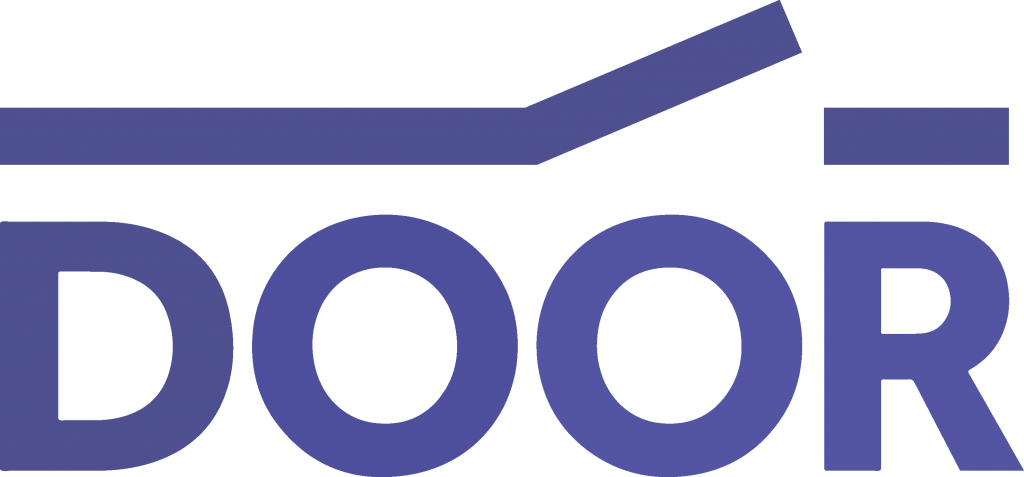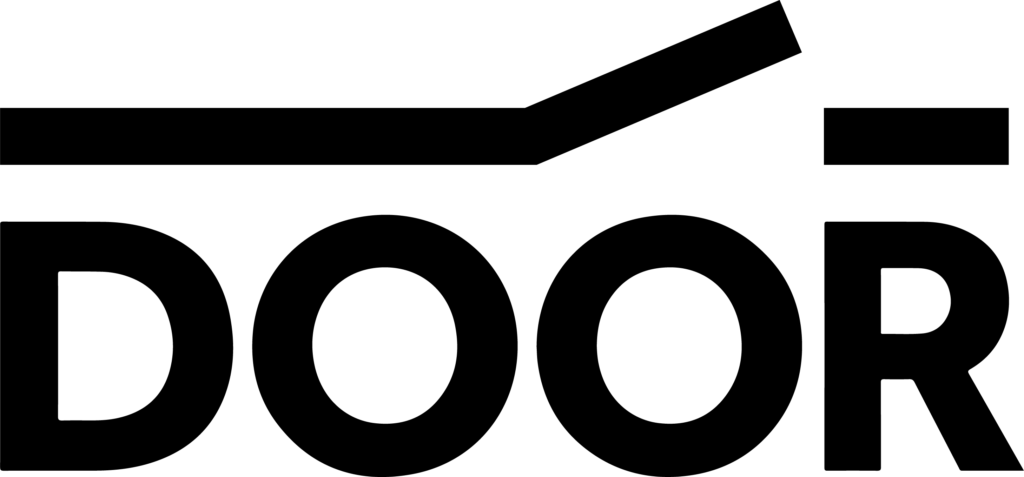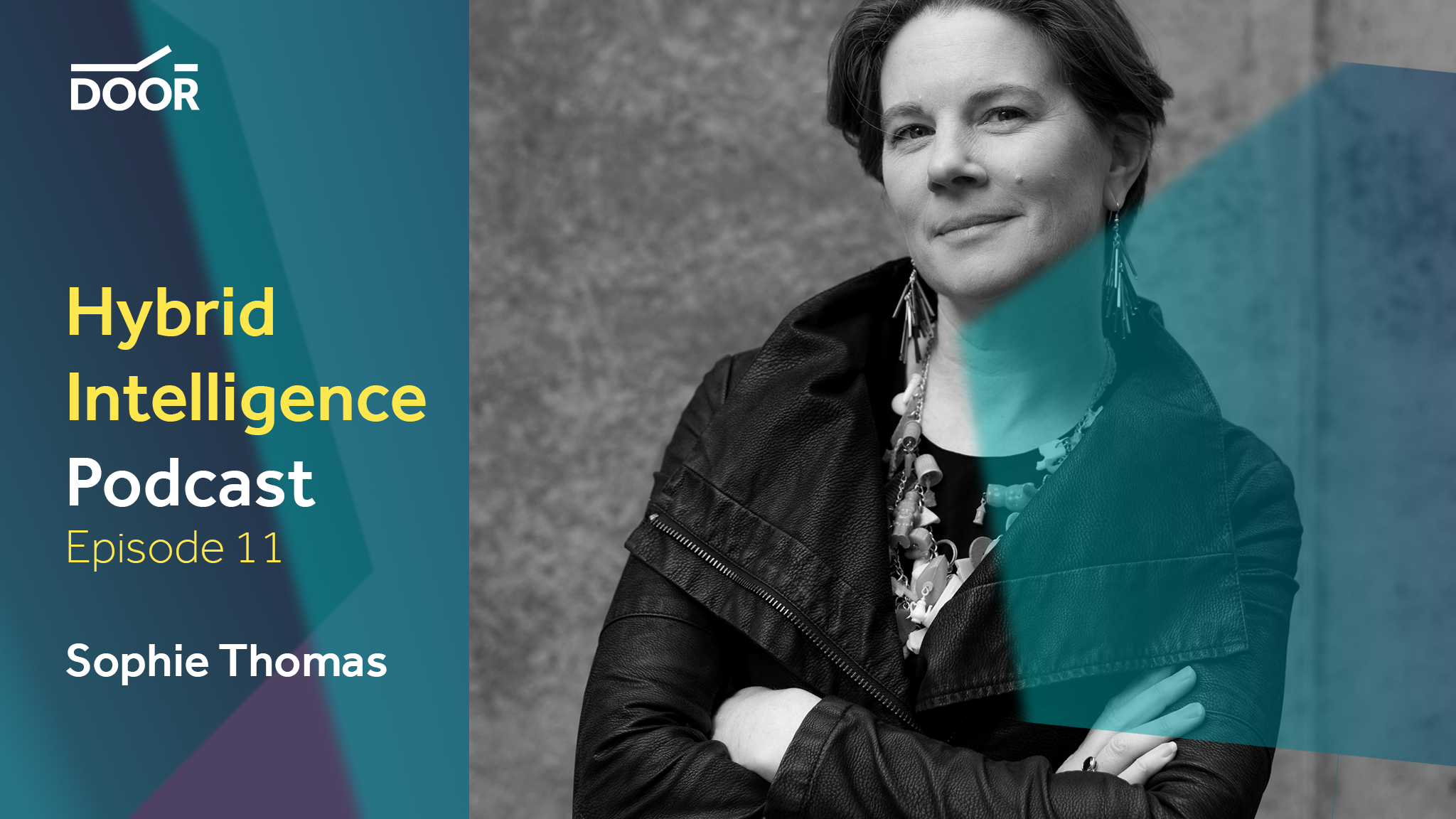The idea of creating a Circular Economy, or at least a more circular economy, has been around for over 30 years. The need is obviously becoming more pressing as circularity is one of the tools that can help tackle the climate emergency we’ve created. Even without starring down the barrel of that particular gun, does is not make common sense to use our finite resources more wisely and place more value on them? There is a lot focus on circularity. Organisations like the Circular Institute and The Circular Economy Club are educating and mobilising industry and companies like Apple are using more and more recovered materials in their new products. However, implementing circularity is really, really, really hard, as we hear during the next two episodes of the Hybrid Intelligence Podcast with my guest Sophie Thomas who is a pioneer in this space.
I could talk to Sophie all day about circularity. She is clearly on a mission, which started for her in the mid 90’s. During our lively conversation she shares her frustrations of trying to change deeply entrenched industrial systems, commercial approaches and, perhaps most importantly, the thinking around the products we make and use.
Sophie tells us about her fascinating design and business journey. From Founding her own consultancy (Thomas Matthews), joining the Useful Simple Trust which became a B-Corp and how as a designer she became a chartered waste manager. Also the influence and inspiration of growing up with activist parents.
My three main reflections from part one of our our conversation are:
- A simple but powerful way to think about circularity and communicate it is – the material is the constant and the product is the blip.
Anyone can understand that. How do we design and build things with the recovery of the materials in mind so that they can go back into the economy and be reused. It is this last step, the secondary markets, which closes the loop and makes circularity more complex and impactful than recycling alone. - There is an opportunity to redefine product desirability.
In 2022 do we have the luxury of viewing products as desirable if they are not circular? The simple answer is no, but as consumers we are of course drawn to the latest innovative things. Circularity is not top of mind. It is generally not a criteria. But as consumers we do have a lot of power when we vote with our wallets. Businesses of course can lead the way by being brave on creating circular products but as we hear in the episode, it’s not straightforward at all because of the temptations of a constant flow of cheap virgin material, especially plastic, and the mind-numbing complexities of the recovery chain, which includes the secondary markets for materials. - Rarely do design briefs include a sentence which states – this product must be designed with a 3rd or 4th life in mind.
The inclusion of such sentence would have such a profound effect on the nature of the products we make and help shift the definition of what good design is. Do businesses, designers and everyone involved need to do more on this? I think we already know the answer….
In part two of the conversation we jump deeper into the challenges of implementing circularity and Sophie tells us about her new business etsaW Ventures (Waste backwards), which discovers, funds and incubates new ideas for the circular economy. That episode will be live soon. In the meantime, we hope you enjoy part one.
Lee Sankey
Founder, Door
October 2022



